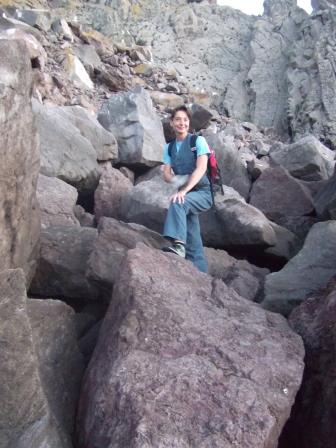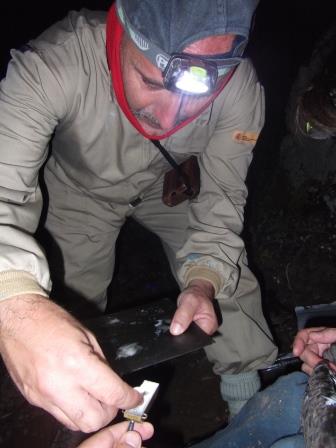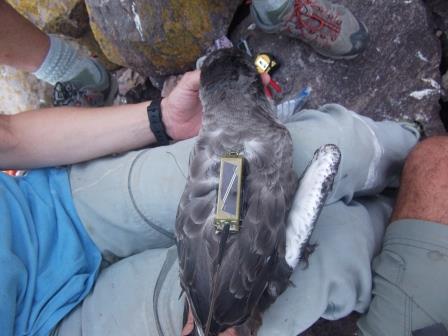Seguimiento de aves marinas
SPATIAL MOVEMENTS AND MIGRATION BEHAVIOR OF JUVENILES AND ADULTS IN A LONG-LIVED SEABIRD - Research View
 Search
Search
PROJECT 2:
SPATIAL MOVEMENTS AND MIGRATION BEHAVIOR OF JUVENILES AND ADULTS IN A LONG-LIVED SEABIRD
Long-distance migration is likely to be experienced in a contrasted manner by juvenile and adult seabirds, leading to variations in migratory routes, timing, behaviour and feeding areas. However, since today and due to methodological reasons, only adult seabirds have been studied. Nowadays, with the advent of new technological methodologies and the miniaturization of tracking devices have enabled the possibility to investigate the migration patterns of juveniles. These new opportunities not only allow to understand the migration behaviour of juveniles, also possibility to understand dispersal (dependence phase) and develop conservation strategies taken in consideration both adults and juveniles.
Petrels contain some of the most globally threatened species of birds in the world, facing multiple threats on land and at sea. Among them, Cory's shearwater (Calonectris diomedea) is one of the four seabird species endemic to the Mediterranean Sea. This species is high philopatric, has a very low reproductive rate and delayed maturity. This later life history trait results in a long immature period, when birds are likely to improve traveling and foraging skills before their first breeding attempts.
In the present project, we are examining the migration movements of 10 juvenile and 5 adult Cory's shearwaters (Calonectris diomedea) breeding in the south Mediterranean Sea (Chafarinas Archipelago, Spain). For this, we deployed small-size ARGOS/PTTs (18 g. Microwave Telemetry). Specifically, we are investigating whether (i) spatial movements of juveniles differ from their parents, (ii) migration routes and timing change between juveniles and adults, and (iii) feeding grounds during migration differ between juveniles and adults.
To our knowledge, this project is the first to investigate simultaneously the spatial movements of juveniles and their parents through migration period using biotelemetry (ARGOS/PTTs). In addition to pure scientific results, the results will be useful from a conservation point of view.




